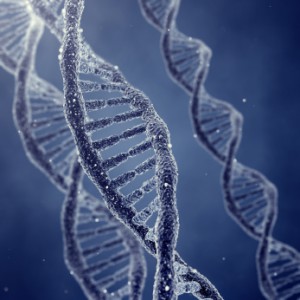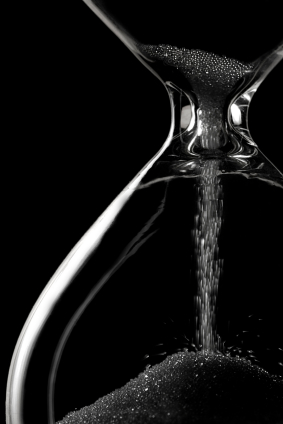
Diamond™ Nucleic Acid Dye (Cat# H1181) is a safe, inexpensive and sensitive fluorescent dye option that binds to single-stranded and double-stranded DNA and RNA. Diamond™ Dye typically is used for staining electrophoresis gels to visualize nucleic acids in a similar to its carcinogenic counterpart, ethidium bromide. However Diamond™ Dye has several advantages: gels stained with Diamond™ Dye can be visualized using either UV or blue-light transilluminators. Also, a wash step after staining is not necessary when using Diamond™ Dye, unlike what is typically recommended for ethidium bromide.
Besides staining electrophoresis gels, there are other applications for this diamond in the rough. Highlighted below are two fascinating uses of this multifaceted tool: touch DNA localization and qPCR detection.
Continue reading “A Diamond in the Rough: New Applications of Diamond Nucleic Acid Dye”
